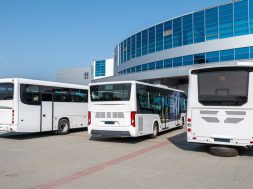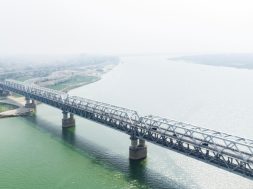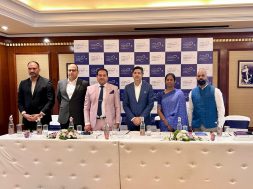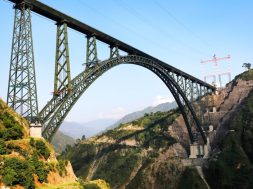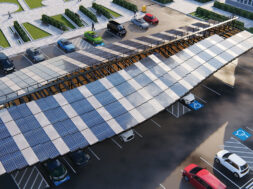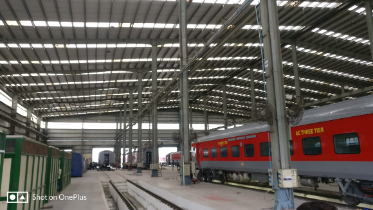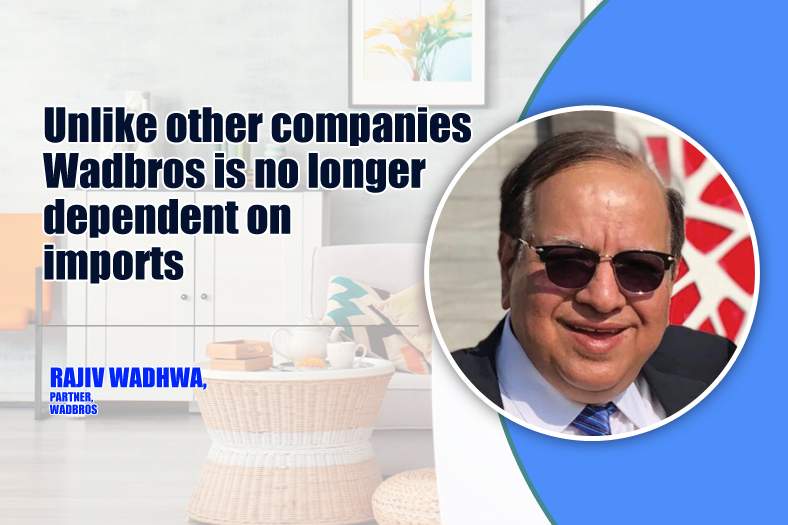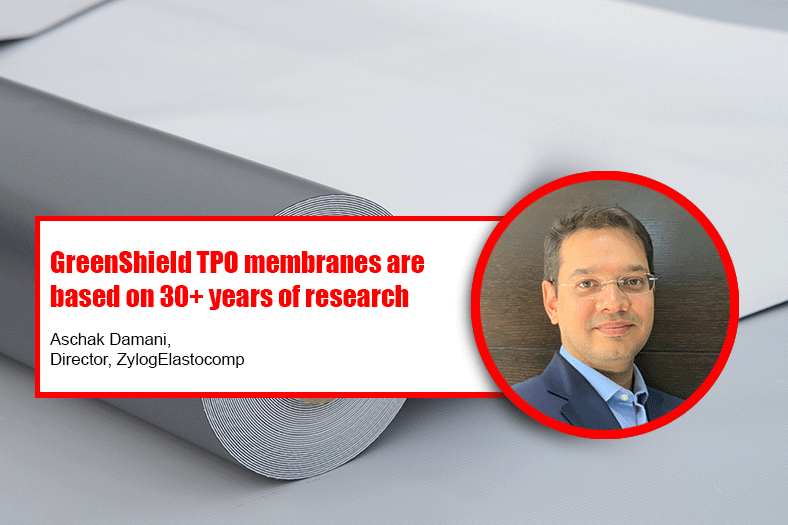
Based on a technology developed in USA, GreenShield membranes are designed to address the Indian climatic conditions with ease says Aschak Damani, Director, ZylogElastocomp.
Tell us how energy efficiency proves to be the most viable solution in the Indian climatic condition?
India is classified as a tropical country, where, historically, most of our weather is fairly hot except for certain northern and eastern states. As such, our energy consumption within residential, commercial and industrial buildings is high primarily for lighting, heating and cooling. Today, however, the situation is very different. Climate change is very real, and India is experiencing this over the last several years. In 2019, we saw one of the hottest heat waves in recent history, where some states and cities experienced high heat upto 49 degree C continuously for over 30 days. Furthermore, we are also seeing large proportions of population migrating from rural to urban areas – thus increasing the UHIE (Urban Heat Island Effect). All of this sums up to very high energy consumption across various buildings. Currently, residential and commercial buildings consume almost 1/3rd of our total energy and this is expected to increase by 800 per cent within next 20 years. Besides this, we will also require more energy to charge our electric vehicles in the future, as we move away from ICE to electric engines.
With limited resources, most of this electricity, today, comes from fossil fuel and at a very high cost. Higher and better energy efficient buildings is the only way to reduce energy consumption and promote low carbon footprint growth. India took an important step in 2017 by launching the revised Energy Conservation Building Code that has prescribed energy performance standards for new buildings with a goal towards achieving 50 per cent reduction in energy use by 2030.
What are the different products and solutions you offer for energy efficient roofing?
GreenShield primarily works in the area of heat-shielding and waterproofing – addressing the UHIE issue, which is a growing concern for all cities across India. TERI 2017 report estimated that implementing white roofs across Bangalore city it can reduce the energy consumption by 1642MWh/mtr2/year which would result in savings of `1034 crores/year. GreenShield is doing exactly that. GreenShield TPO roofing system insulates RCC & PEB buildings by reducing heat absorption through concrete and metal roofs. The roofing membrane itself has an initial Solar Direct Reflectance of 0.7961, Emissivity of 0.909, and SRI of 100 which provides a superior combination for increasing albedo effect of reflecting heat off. Besides this, the membrane is solid and impermeable thus waterproofing the roof. This allows to develop green roofs. More green roofs would provide more green cover, which would reduce UHIE in our cities. GreenShield TPO membranes, are based on 30+ years of technology developed in USA and we are the only company making it locally in India. Besides, membranes, we also manufacture a range of supported accessories, including TPE expansion joints.
What is the degree of thermal insulation in the offing once the product is utilised correctly?
As mentioned earlier, GreenShield membrane has initial Solar Direct Reflectance of 0.7961, Emissivity of 0.909, and SRI of 100; this coupled with the complete insulation system significantly increases the heat and energy reflectance while also reducing thermal conductivity to between 0.020 and 0.030W/m.K. The system does not allow heat from outside to penetrate inside the building. At Udaipur, Rajasthan, after installation of our system, 2mm thick membrane, we experienced drop-in temperature of up to 6oC in peak summers which reduced cooling energy costs by almost 50 per cent.
Does energy efficient roofing limit the options for the material one can use for roofing purposes?
Not at all. GreenShield membrane system is designed keeping in mind Indian conditions and is suitable for fitment onto new and old buildings, RCC or sheet metal roofs, ACC panel and many other substrates as well as below grade, using different installation methods. In fact, the membranes replace brickbat coba, thus reducing the weight of the roof, while continuing to provide insulation and waterproofing. The system can be either mechanically fastened, fully/partially adhered using adhesives or even loosely laid with edge terminations. Differences in planes are easily covered as the membrane is heat weldable with very strong seam joints. Available in widths of 2 meters and roll of 25 meters of more also provides fewer seam joints. The system is exposed to sunlight, which allows it to work in reflecting heat off. It is suitably UV stabilised for long term weatherability and we guarantee the installation performance for 15 years and more.
Cookie Consent
We use cookies to personalize your experience. By continuing to visit this website you agree to our Terms & Conditions, Privacy Policy and Cookie Policy.
